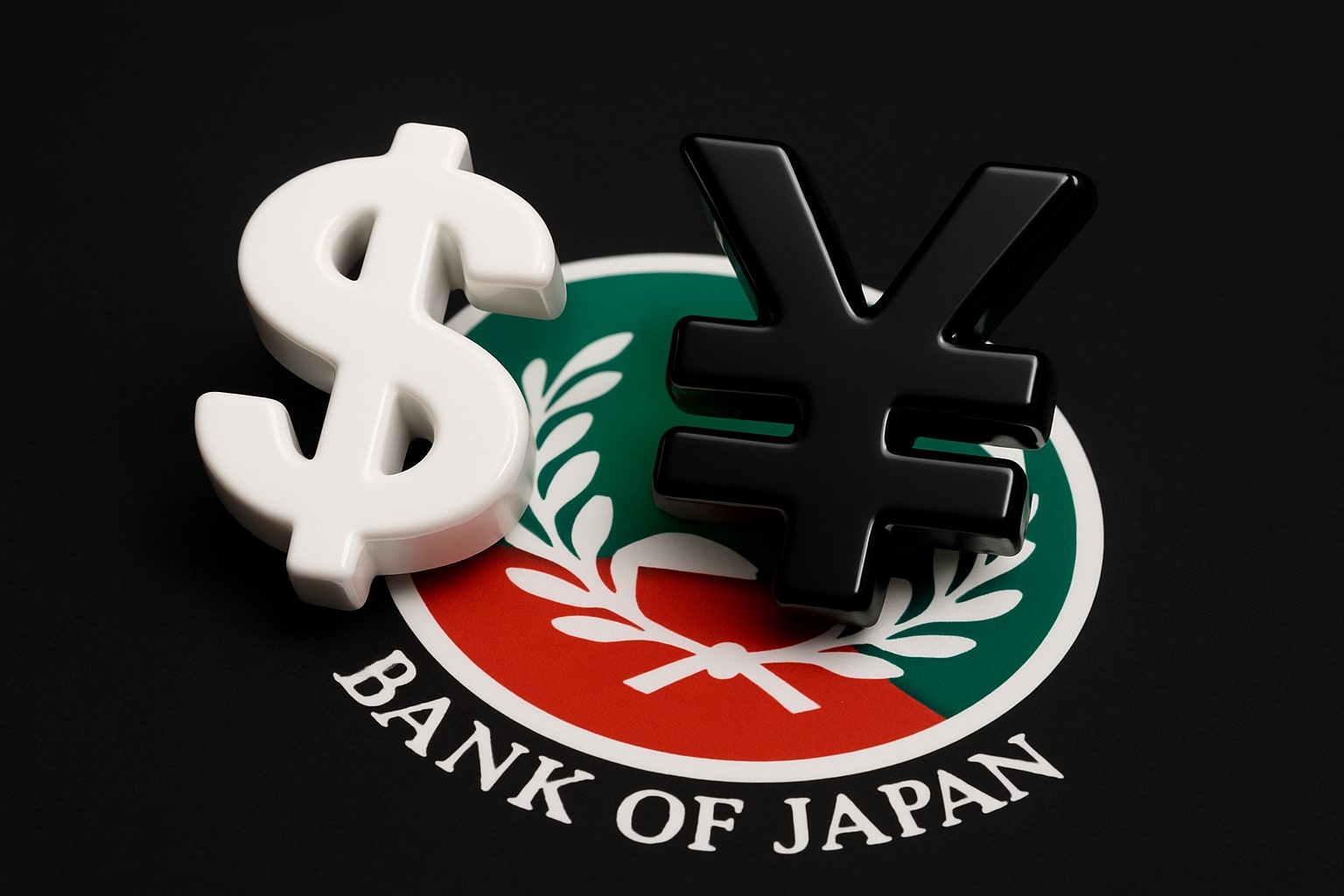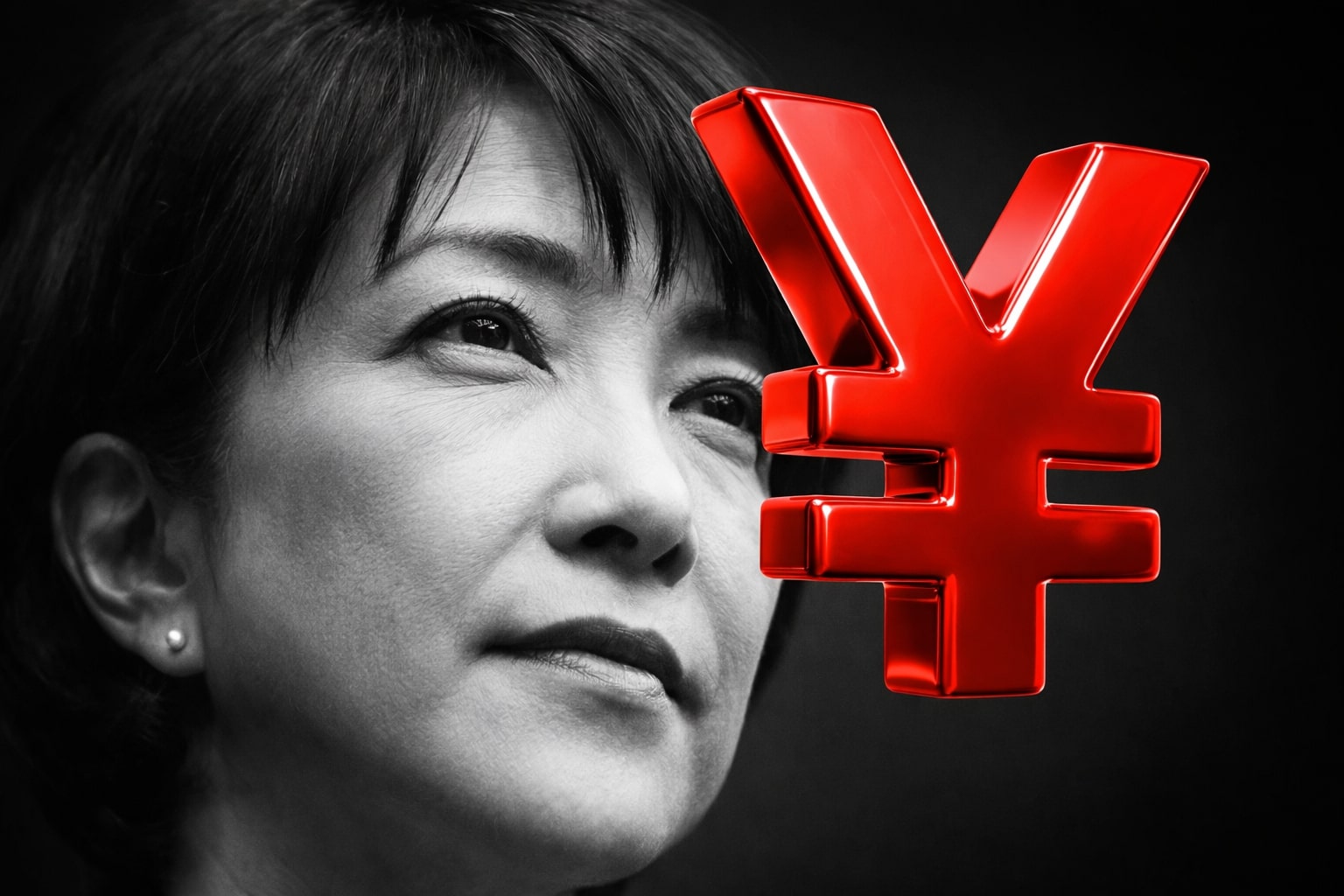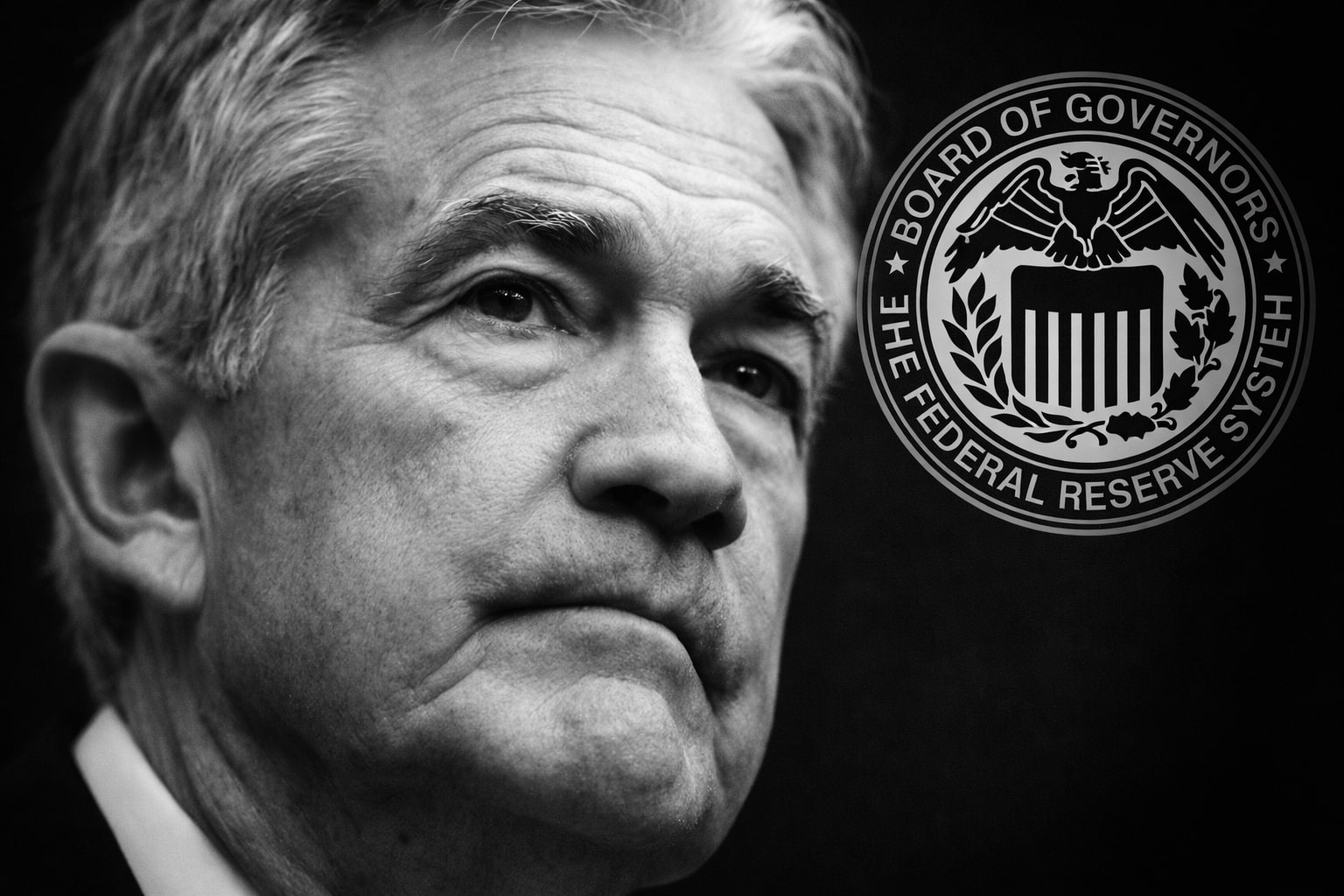
USD/JPY Price Forecast - Yen Steadies at 150.61 as Japan’s Political Rift and BoJ Policy Jitters
The yen’s volatility deepens ahead of Japan’s leadership vote and BoJ speeches as the pair hovers above 150, while U.S. CPI and labor data threaten to push USD/JPY toward 155 or break support near 147.5 | That's TradingNEWS
USD/JPY (¥150.61) Holds Firm as Political Upheaval and Global Trade Friction Test Market Nerves
The USD/JPY pair ended the week at ¥150.61, down 0.34%, after a volatile session that saw prices briefly dip below the psychological ¥150 mark before rebounding from ¥149.35. The pair’s whipsaw behavior reflected an unusual blend of political uncertainty in Japan, ongoing U.S.–China tariff tensions, and renewed speculation about the Bank of Japan’s (BoJ) next policy move. The breakdown of Japan’s long-standing LDP–Komeito coalition triggered a wave of risk aversion early in the week, temporarily lifting the yen as investors sought safety. However, renewed U.S. dollar demand, supported by steady Treasury yields, helped the pair recover above 150, even as traders braced for a pivotal political week in Tokyo.
Japan’s Political Realignment and BoJ Policy Outlook Intersect at Critical Juncture
The upcoming October 21 parliamentary vote could prove decisive for both yen stability and BoJ policy. The LDP currently holds 196 seats, falling short of the 233-seat majority, and a possible alliance with Ishin could raise that number to 231, leaving just two additional seats to control the chamber. Such an outcome would likely reinforce the ultra-loose stance favored by leadership contender Sanae Takaichi, whose prior monetary views propelled USD/JPY to ¥153.27, its highest since February. Conversely, a fractured or unstable coalition could invite a stronger yen amid political hesitation and policy recalibration.
Market participants remain sharply focused on the BoJ’s policy communication, with officials Hajime Takata (Oct 20) and Ryozo Himino (Oct 21) expected to comment on both the domestic political backdrop and the inflation trajectory. Their tone will determine whether the BoJ maintains its accommodative stance or signals a modest tightening bias before year-end.
Japanese Trade and Inflation Data Reinforce Fragile Balance
Japan’s external sector continues to reflect fragile demand conditions. The most recent trade figures show exports and imports contracting 0.1% and 0.5% year-on-year, respectively, underscoring the drag from global trade friction and reduced U.S. demand following the new 15% U.S. tariff adjustment on Japanese goods. A rebound in export volumes, particularly in machinery and automobiles, would ease pressure on the BoJ, though early signs suggest the recovery remains shallow.
Inflation remains a more pressing issue. Economists expect Japan’s headline CPI to rise from 2.7% to 2.9% in September, while core-core inflation—excluding fresh food and energy—is forecast to slip slightly from 3.3% to 3.2%. The persistence of inflation well above the BoJ’s 2% target supports arguments for gradual normalization. Yet, policymakers remain wary of tightening too quickly amid political instability and fragile consumption.
The S&P Global Services PMI, projected to fall from 53.3 to 53.0, may carry even more weight than inflation data. With the services sector comprising over 70% of Japan’s GDP, any meaningful contraction would bolster dovish sentiment, reinforcing expectations that the BoJ will maintain near-zero rates into early 2026.
U.S. Data and Fed Outlook: Dollar Strength Tested by Inflation and Shutdown Risk
Across the Pacific, U.S. economic indicators continue to dominate global currency flows. The U.S. CPI report, due October 24, is expected to show a modest acceleration in headline inflation to 3.1%, up from 2.9%, while the government shutdown delays critical labor and retail data. Should inflation overshoot while jobless claims remain low, markets could scale back expectations for Fed rate cuts in December, lifting Treasury yields and reinforcing USD demand. Conversely, weak labor data or prolonged data delays could shift sentiment sharply bearish for the greenback, potentially pulling USD/JPY back toward ¥147.50–¥148.00.
The ongoing U.S. Senate gridlock, now in its 19th day, compounds uncertainty. Delayed CPI or employment figures risk fueling speculation rather than clarity, amplifying yen volatility. Traders are monitoring Fed Chair Powell’s post-blackout remarks, anticipated after the Fed’s October policy meeting, for signs of renewed tightening or patience amid global political instability.
Technical Picture: Range Compression with Risk of Breakout Toward ¥155
Technically, USD/JPY continues to consolidate within a narrow band between ¥149.35 and ¥153.27, with the 50- and 200-day EMAs reinforcing bullish momentum. A daily close above ¥152.00 would open the door toward the February high of ¥155.88, marking a potential breakout aligned with the broader uptrend that began in late July. However, a decisive break below ¥149.35 could shift momentum sharply bearish, exposing the ¥147.50 support zone tied to mid-summer lows.
Momentum oscillators remain neutral, with RSI hovering around 51, suggesting balanced positioning. Still, the price structure favors a bullish continuation, provided political outcomes and economic data align with market stability.
Global Macro Impact: U.S.–China Tariff Dispute and Yen as a Haven
The escalating U.S.–China tariff conflict, with a 100% import tariff scheduled for November 1, continues to underpin yen demand during risk-off episodes. While President Trump’s statements have oscillated between negotiation optimism and renewed threats, investors remain cautious. A breakdown in talks could trigger a sharp equity selloff, prompting safe-haven inflows into the yen. Conversely, a tariff truce or easing of rare earth export restrictions could weaken the yen sharply, driving USD/JPY back toward its upper range.
Read More
-
IVE ETF Near $212: Is This S&P 500 Value Play Still Cheap for 2026?
20.12.2025 · TradingNEWS ArchiveStocks
-
XRP ETFs XRPI at $11.07 and XRPR at $15.76 Power $1.2B Inflows as XRP Fights for $2
20.12.2025 · TradingNEWS ArchiveCrypto
-
Natural Gas Price Forecast: NG=F Tests $3.60 Support as LNG Boom and $5 Henry Hub Calls Build Into 2026
20.12.2025 · TradingNEWS ArchiveCommodities
-
USD/JPY Price Forecast - Pairs Surges After BoJ’s 0.75% Hike as Pair Eyes 161.50 Resistance
20.12.2025 · TradingNEWS ArchiveForex
The Japanese Finance Minister Katsunobu Kato’s warning that authorities “must guard against excessive exchange-rate volatility” underscores Tokyo’s growing concern over market instability. Should the yen appreciate rapidly, the Ministry of Finance could intervene verbally or directly to prevent overshooting below ¥147, particularly if the move is driven by speculative momentum rather than fundamentals.
Cross-Asset Influence: Stock and Commodity Correlations
USD/JPY remains sensitive to global equity sentiment, particularly moves in the S&P 500 and NASDAQ 100 indices, both of which have maintained modest bullish momentum despite tariff fears. A sharp equity correction would likely accelerate yen buying as risk aversion rises. Meanwhile, declines in crude oil (WTI: $58.41) and Brent ($62.05) indirectly support Japan’s import costs, easing trade deficits but limiting inflationary pressures.
Commodity-linked currencies such as the AUD/JPY and CAD/JPY pairs mirrored this week’s volatility, both declining before stabilizing on Friday. These moves further illustrate the yen’s safe-haven correlation with risk sentiment and trade policy shifts.
Market Scenarios and Price Projection
If Japanese election results deliver an LDP-led coalition and BoJ commentary remains dovish, USD/JPY could break above ¥153.27, with momentum likely carrying toward ¥155.00–¥155.88 over the coming sessions. This scenario would mirror the pattern seen in February when dovish policy continuity ignited a multi-week rally.
Alternatively, a fractured parliament, stronger Japanese CPI, or hawkish BoJ rhetoric could pressure the pair sharply lower. A breach below ¥150 would expose ¥149.35, and failure to hold that level could drive a deeper pullback to ¥147.50, where multiple technical supports converge.
Final Outlook: Controlled Volatility with Political Risk Premium
The balance of data, politics, and technical structure suggests that USD/JPY (¥150.61) is consolidating before its next major directional move. The interplay between Japan’s leadership vote, BoJ communication, and U.S. inflation trajectory leaves room for significant two-way risk.
Verdict: BUY — With the pair maintaining its long-term bullish trend above the 50- and 200-day EMAs and global risk appetite stabilizing, USD/JPY remains tilted toward the upside. A break above ¥152.00 could trigger acceleration toward ¥155.00–¥155.88, while downside risk remains contained above ¥149.35. Political uncertainty may cause short-term fluctuations, but the broader trend remains structurally bullish into late October.



















